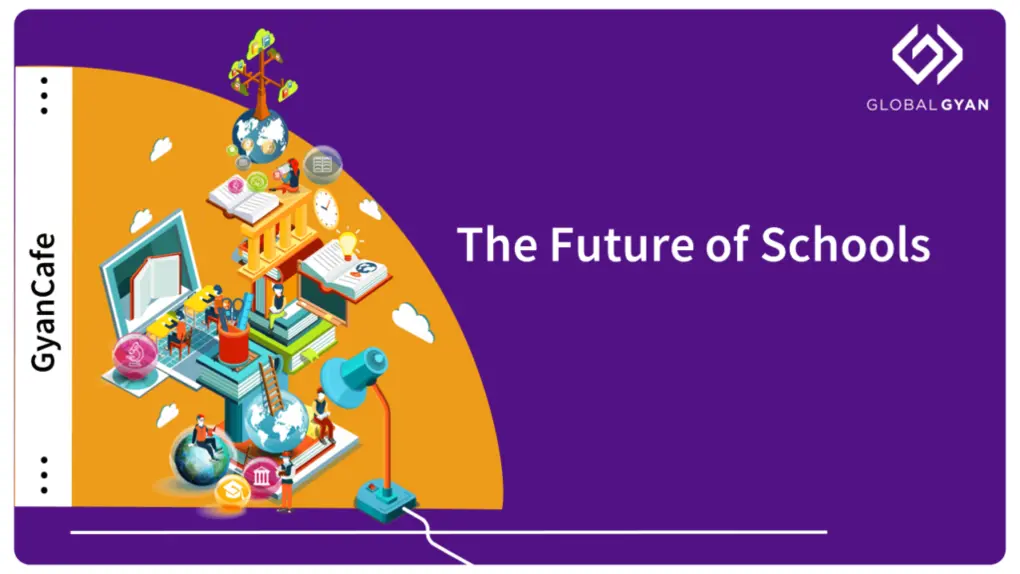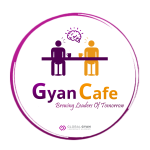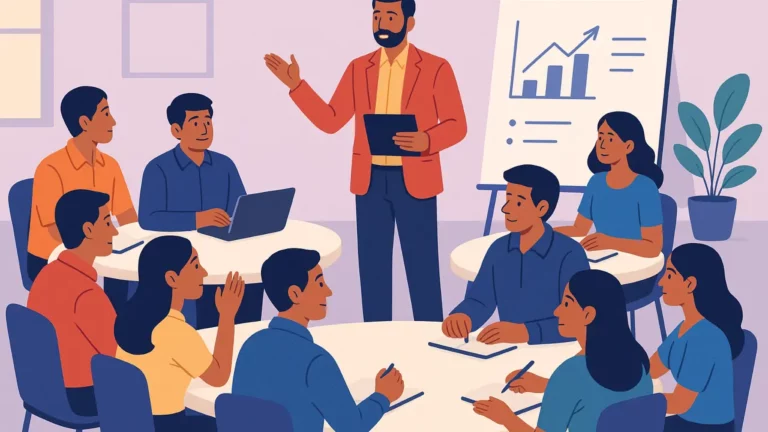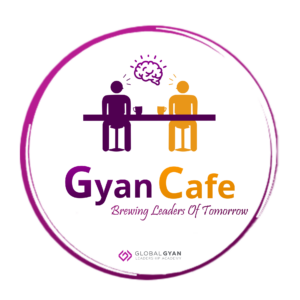The Future of Schools

Even before we were struck by the Covid-19 pandemic, there was much that was wrong with schools. The education system is linear and has been encouraging mediocrity. The future of schools doesn’t appear bright either.
Picture this: there are 20-25 million kids of age 10 studying in standard 5 across schools in India. All of them, all 20-25 million of them, are expected to learn the same subjects and a similar level of difficulty in each subject (almost, subject to some variations across education boards / languages). They have been doing this for the past 5 years and will continue to do so for another 5 or 7 years. The school “system” creates an “average” level of content and difficulty, and expects that every child flows through that pipe. It is the biggest assembly line ever, aimed to produce equally average (within acceptable norms of standard deviation) products!
As children move from schools to colleges, they get somewhat wider choices. However, the linear, supply constrained nature of the system continues. As a product, the school ought to have been “disrupted”. However, it continues to thrive, with governments, corporates, philanthropists and entrepreneurs, investing heavily to improve a system that is broken by design.
In order to conceptualize what the future of schools might be, let us unbundle the product to its constituent offerings. In general, a school provides, or is expected to provide, three categories of services:
- Knowledge Development – This is the bulk of school activity, in the form of curriculum, books, teaching and tests. This can also include extra-curricular areas like sports, music or technology.
- Social and Life Skills – Students learn how to deal with the self, others and systems through various activities that happen at school. They build leadership skills and resilience.
- Day-care Services – For many parents, the school is also a trusted day-care, with pick-up and drop infrastructure. Millions of students also get access to nutritious meals and other support at school.
Bundled products provide huge value of convenience to their customers, a one-stop solution for multiple problems. On the other hand, they cater to the least common denominator of their customer base, being good-enough in everything they do, but are not necessarily best-in-class in any of their offerings. Can a school become best-in-class in all the three categories?
To design the future of schools, we must look at the alternatives available in each category and learn what could be a best-in-class approach there.
Knowledge Transfer: Digital Superiority
The biggest issue plaguing our schools is that the quantity and quality of teachers is not sufficient to meet the growing demand. Students are taught irrelevant content, that too poorly. We cannot blame the teachers who are often trying to do their best within their circumstances.
The reality is that knowledge is changing rapidly, and the current system of transfer is extremely inefficient. By the time a curriculum committee agrees on what needs to change, textbooks and other teaching content is developed, teachers are trained in the new material, and students get the updated knowledge, a generation can be lost. Just the idea that knowledge transfer is regimented even as we are in the midst of an information explosion, is an anachronism, a relic of a licence raj.
By the way, parents had already found a by-pass for the teaching quality: tution classes. Those who could afford it engaged personal tutors; others sent their children to coaching classes that created a parallel system of schooling. Unfortunately, both did not manage to replace the school because of a different issue of certification that will be addressed in the Future of Higher Education.
Covid-19 has forced even the unwilling to experiment with digital mechanisms of knowledge transfer. We need to push the boundaries even further. As Dr. Ashok Korwar, CEO coach and former professor at IIM Ahmedabad points out, “If the constraint is lack of teachers, the way around it is not to train more teachers – you will never get enough.” Instead, he suggests that we must figure out the constraint to scaling – which in this case is capable teachers – and replicate what they do, not replicate them.
Therefore, the idea is not that students can sit at home and learn trigonometry or biology by watching fun videos on a tablet. No, the solution is what Pankaj Jain’s GyanShala did in the slums of Mumbai and elsewhere. They created high quality content with detailed teaching instructions so that a large number of young, local teachers could enable knowledge transfer to the kids. A similar approach is being followed by LEAD School, founded by Sumeet Mehta and Smita Deorah, working with affordable private schools across the country. LEAD also evaluates and develops Maths and English competencies to match certain desired levels, rather than expect every child of a certain age to be similar to one another.

Students (or their parents) can now choose what subjects to learn and at what level because that is not constrained by the availability or capability of the school’s teaching staff. I envisage a system which is non-linear and learning oriented. Students can choose from a wide variety of subjects that interest them, at the pace that suits them. They are rigorously tested at regular intervals, not to pass/fail them, but to assess their competence level in that topic. To graduate each stage of schooling (not necessarily each year), they must meet certain thresholds levels of competence in a few compulsory and other elective subjects.
This federal approach to centrally creating or aggregating top-quality, latest knowledge; building systems for their dissemination; training local teachers to be facilitators; and building a non-linear progress system ought to address the scale and quality issue of knowledge transfer in our school system.
Life Skills: What Really Matters
All of us realize, in hindsight, that our enduring learning from school and college was not the subject matter that was taught but the experiences that we had, the issues that we dealt with. A school system that prepares youngsters for their future lives and careers will teach them to deal with themselves, other people and the organization systems that bind them.
Not to be confused with the highly confused approach of “value education” being imposed on students, this is about making students learn about life through practical experiences. I learnt more about discipline, team-work and survival during a week-long NCC camp 1500 km away from home than any lectures or inspiring videos could have taught. A student who manages a stall at a fun-fair learns more about customer behaviour, value proposition and financial acumen than in an online course or aptitude test on financial literacy.
Again, this can be and has been done at scale. I don’t know when NCC / Scouts & Guides / NSS became optional in schools but it is time they are brought back. And we can create more such organizations that design practical skill-building through a local franchise model. Years back, Ananth (Uncle) Pai launched the Amar Tinkle Club as a model that children could follow in their respective schools or colonies to encourage reading, storytelling and quizzing. The Model United Nations (MUN) is another similar example. Expand these to robotics, entrepreneurship, dance, and much more.
If schools are to incubators of future talent and leaders, we must create microcosms of appropriate learning and development opportunities.
Day-care: It’s About Trust
Ask any child today and she will tell you she’s missing school. Ask any parent, you will hear the same thing. Having the kids away from home for a few hours daily is much needed for parents, whether it is for their employment reasons or just to give them a break for other stuff. For the most part, schools are seen as a safe place for children to spend 8-9 hours (including the bus journeys), and that is actually a competitive advantage. Even if the children had the best online classes and learnt life skills through other organisations / clubs, parents would still pay good money for a day-care. In fact, many schools have implemented best-in-class practices when it comes to building parent trust about the well-being of their children.
Which is why I believe that the school of the future is a trustworthy marketplace for capabilities and skill-building. The school is an aggregator and enabler of access to a wide variety of knowledge building and skill development programs. The school would hook into a digital learning management system that creates personalized learning paths for each child/cohort and run a local franchise for various organisations and clubs. The school fees would have a fixed component that pays for the day-care service (including infrastructure) and the core learning program, and a variable component that is based on choice of elective learning and skill clubs. Many schools are already moving in this direction; it is time others caught up.
(Future of Schools is the second in the Future series; see the first on Future of Food here. This article first appeared in LiveMint.)





